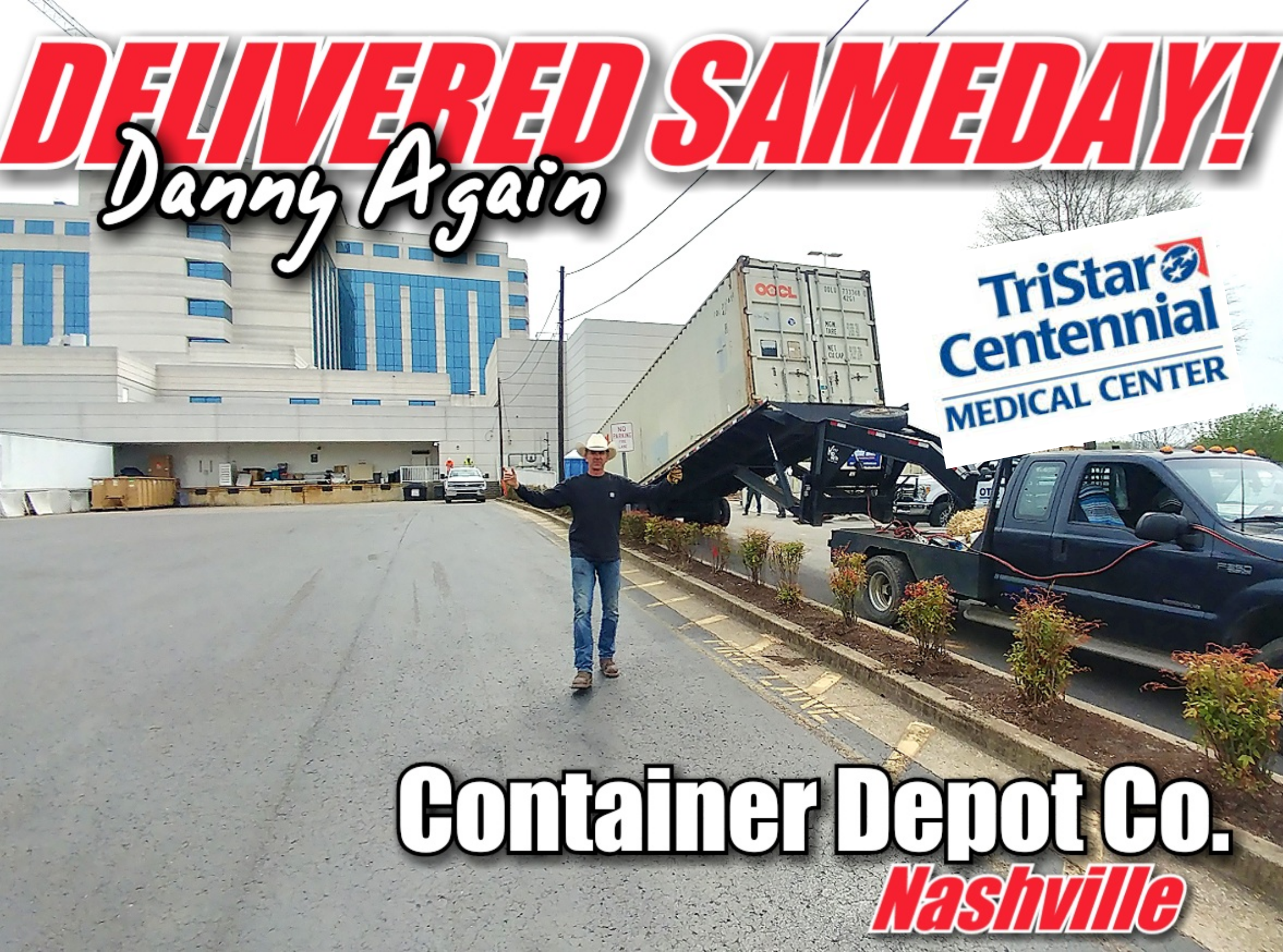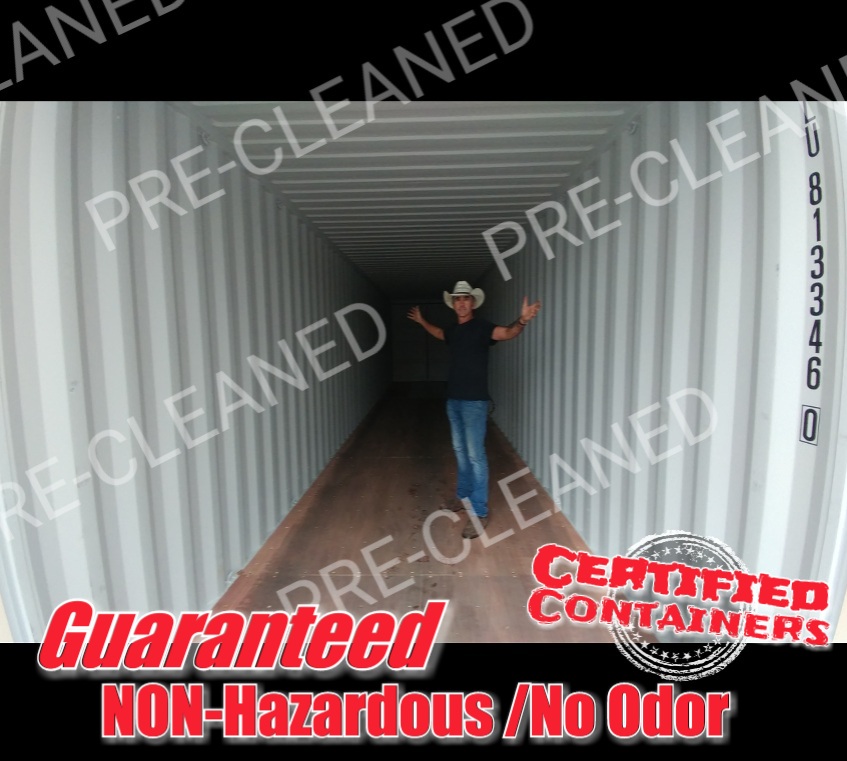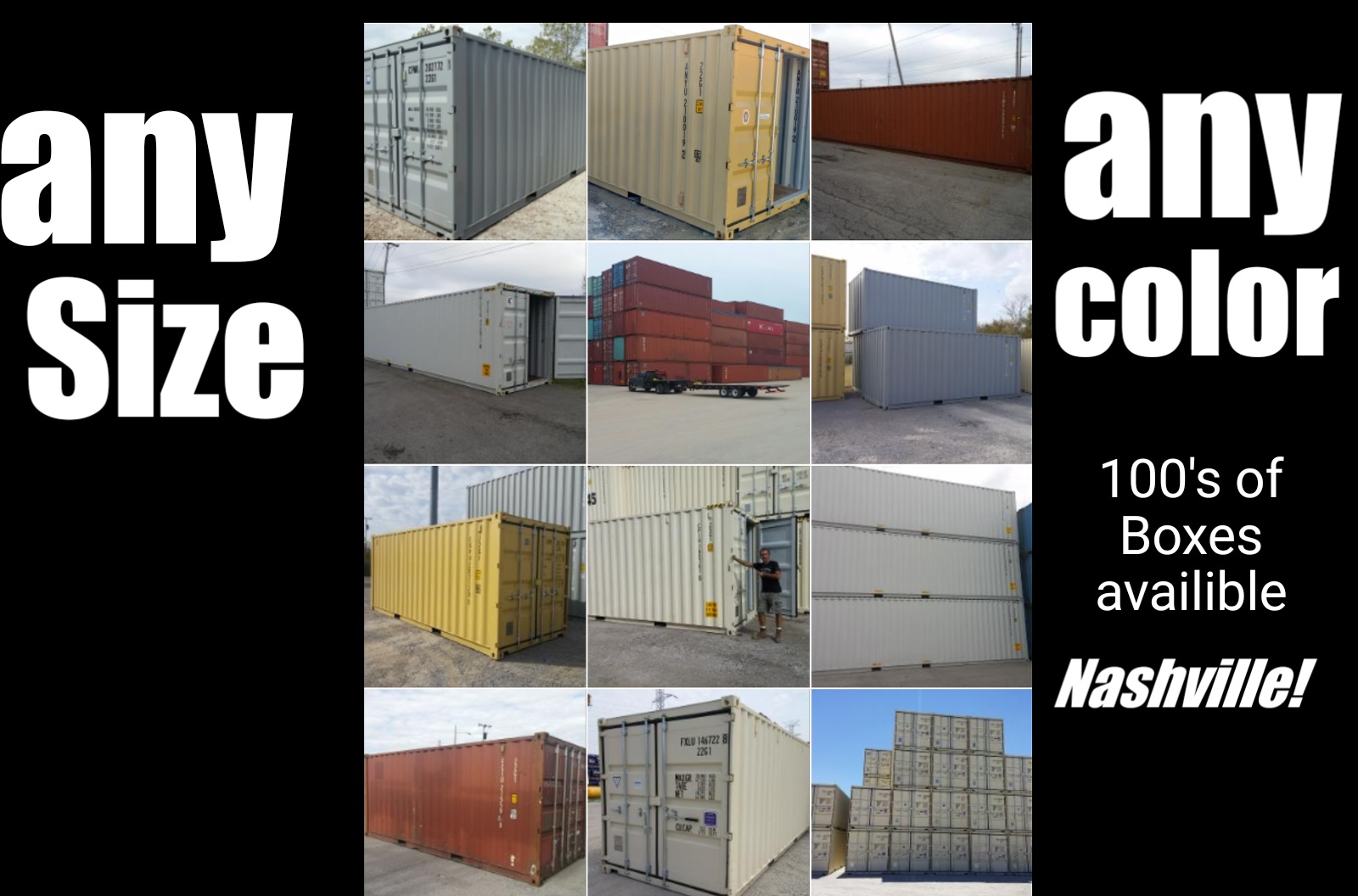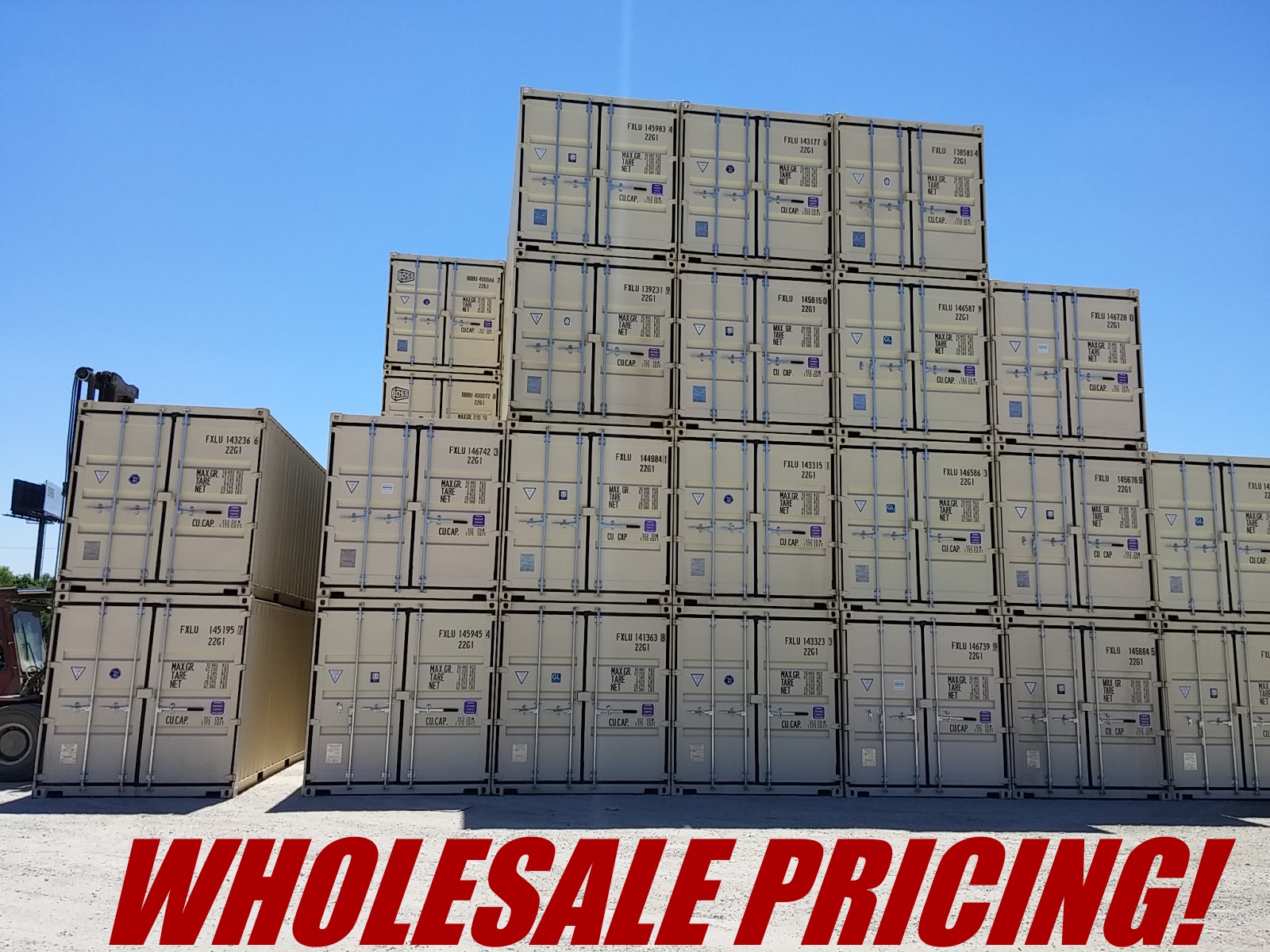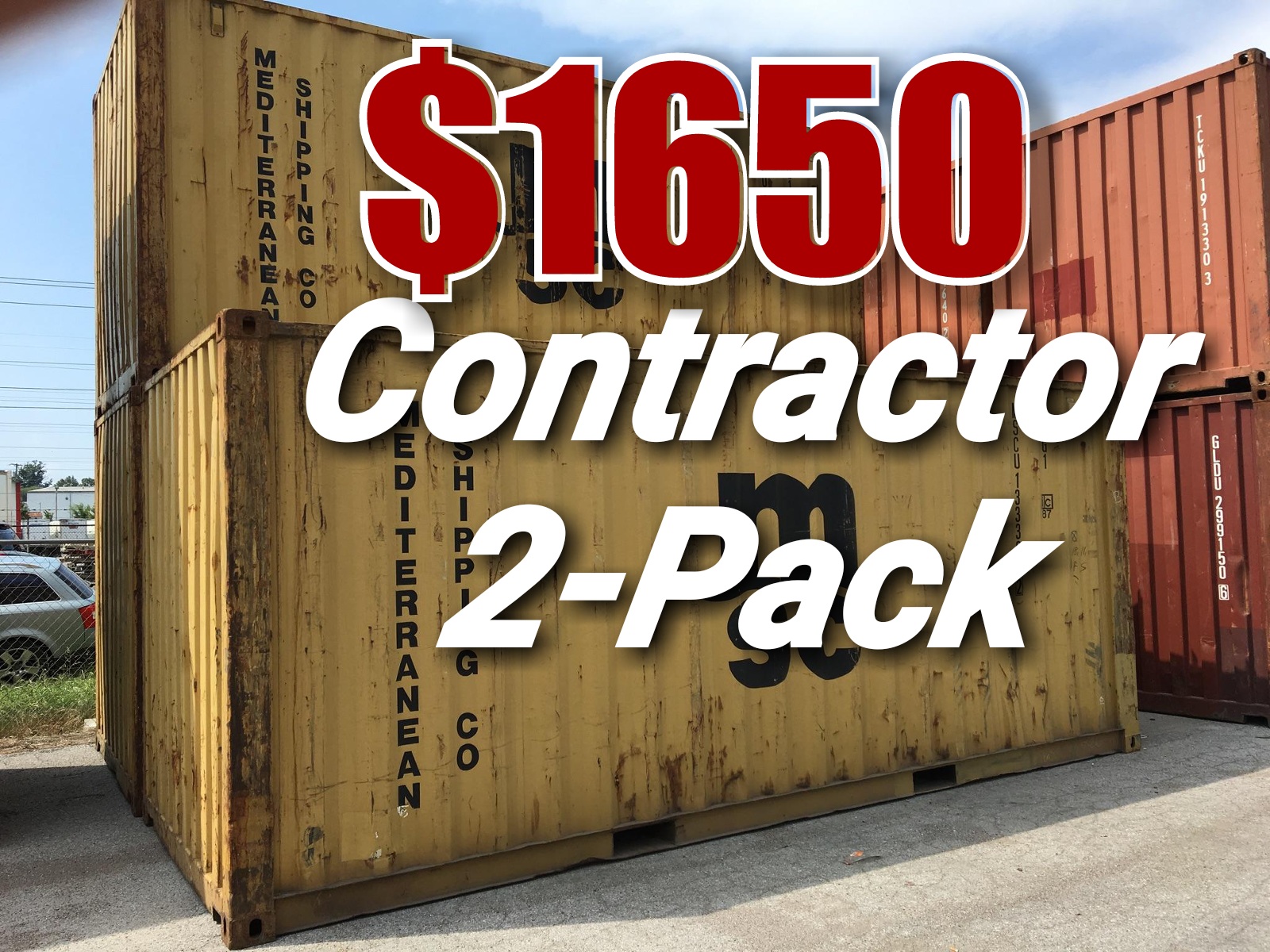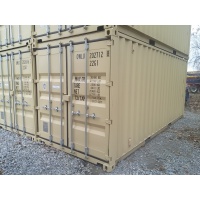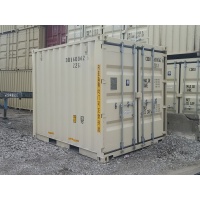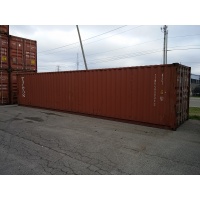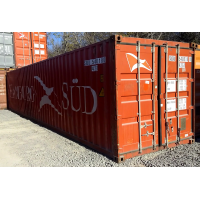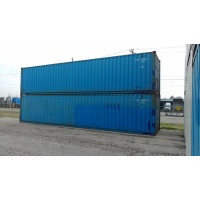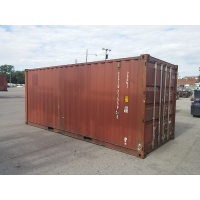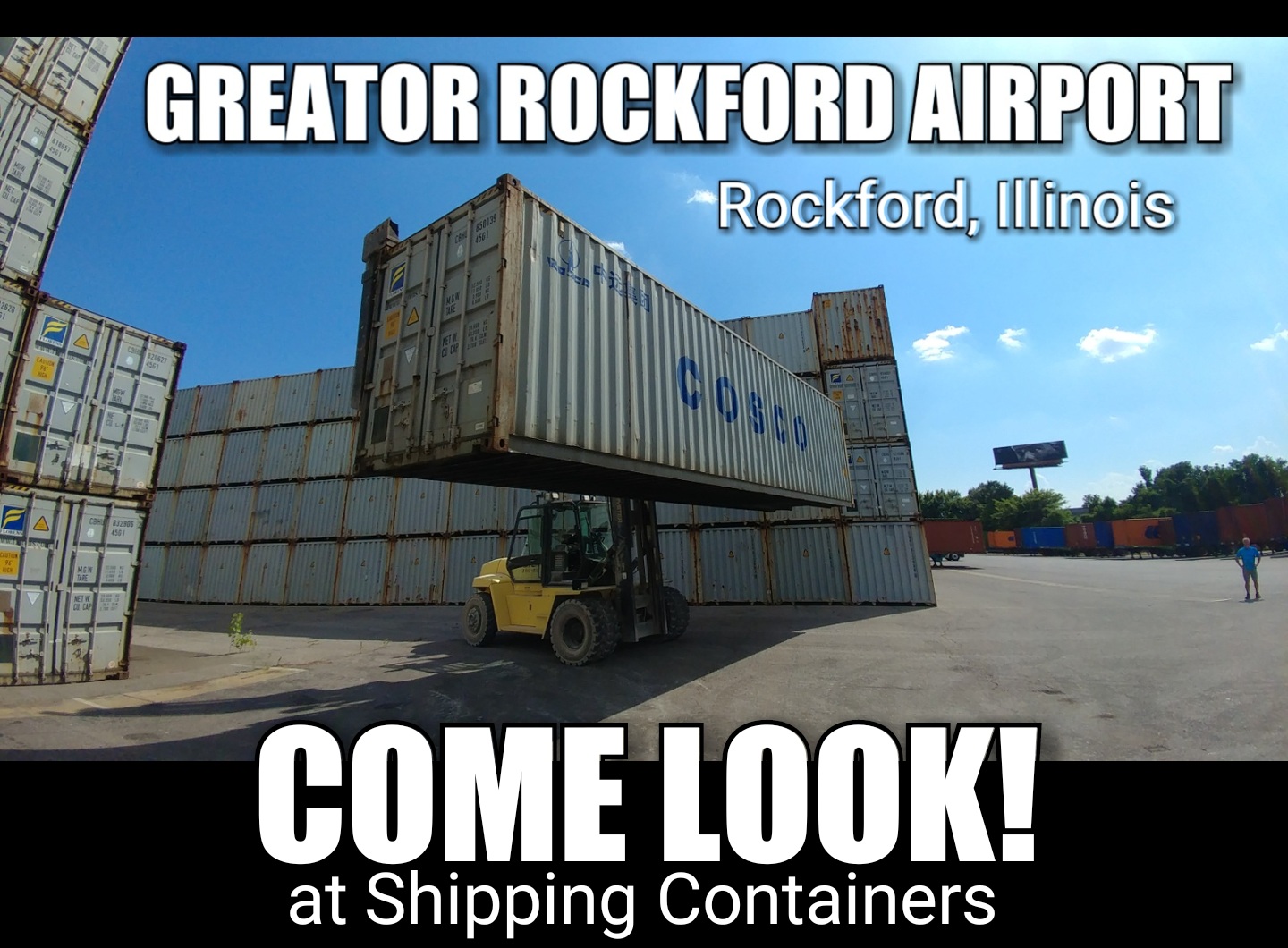At the end of October the three main Japanese carriers NYK, Mitsui OSK and K Line, announced they will combine their container operations and port businesses (outside Japan) into one company that will control 7% of the worlds container capacity.
On November 24th, the European Commission in Brussels gave the green light for the merger between Hapag-Lloyd and United Arab Shipping Company. It is a deal that will lead to the establishment of the world’s fifth largest container shipping line. It is unlikely to be the last following the recent changes witnessed in the industry involving a number of global operators on the Asia-Europe trade (Hapag-Lloyd & CSAV, CMA CGM & APL, COSCO & China Shipping) and of course not forgetting the demise of Hanjin Shipping. The only way the industry can hope to recover is perhaps through rationalisation through further industry consolidation, better capacity management, greater cost control, service level improvements through better schedule integrity and increased demand creating volume growth.
Below is a transition graphic showing how the Asia-Europe trade has developed and changed since 1998.

Overall, the shipping industry remains under pressure, with an estimated total loss of US $6 billion in 2016.


The media reported that none of the top 20 global container shipping lines will return a profit in 2016. According to shipping consultants Drewry, revenues on the main trade routes (Asia-Europe, Trans-Pacific and Trans-Atlantic) decreased by US$10.3 billion.


The size of a ship and its economics is a crucial component that greatly affects where it is deployed. In the second half of 2016, it is estimated that about 250,000 teus of new capacity will have been deployed on the Asia-North Europe trade, which will then lead to a cascading of 12,000-14,000 teu vessels to either the Asia-Mediterranean, Asia-WCNA or Latin American trades. As a consequence, the average vessel capacity/size on the Asia-Mediterranean route has increased steadily in the past 24 months with peaks of yearly on year increase in April 2015 and January 2016 as seen in the table below.

Despite the obvious supply/demand imbalance, these larger more tonnage capacity in larger and more efficient vessels have produced greater operating cost efficiencies and greater port-to-port service coverage. But economies of scale are not fixed and other factors including improved customs procedures, terminal and hinterland transport and logistical efficiencies, are just as important to realise overall efficiencies in the “end-to-end” transport cost.
A new era in container shipping approaches
By April 2017, two newly formed groups, the ’Ocean Alliance’ and ’THE Alliance’ will be competing alongside the existing ‘2M’ alliance plus HMM.

Industry concentration levels over the past 10 years has continuously increased. The perception is that 2018 is expected to reach new heights.






